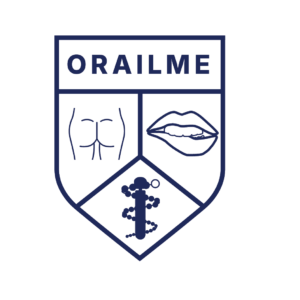Give me an L! Give me two E’s! Give me a D! What does it spell? “LEED!”But what the heck does it mean, and perhaps more importantly, what does it have to do with a more familiar combination of letters, “UR?”Good questions.LEED is a term which some savvy students have recently been throwing around without discretion, and which you may have heard whispered in a hallway or during a marathon session in CLARC – that’s the ITS center to you. That combination of letters stands for Leadership in Energy and Environmental Design, and is the name of a national program that awards institutions for exceptional environmental building design. With construction of the planned BME/Optics building, UR has a chance to receive this nationally recognized award. In fact, the building designs already include many “sustainable,” or environmentally sound, features, which qualify us to seek certification for the project. Proposed sustainable features include a heat-recovery system, which saves energy, access to alternative transportation via proximity to bike racks and bus stops and ample daylight from the planned atrium space. Not only do such features reduce the building’s impact on the environment, but they make the building an all-around better building for operators and occupants alike. Saving energy reduces operating costs. Many studies show that increased daylight in buildings decreases absenteeism and even improves student performance. So, optics and BME majors – if you want those A’s, you would benefit from an L, two E’s and a D.Holding true to timeless words, “ain’t nothin’ free.” In spite of our near-eligibility in terms of design, acquiring this award will add approximately one percent to the total building costs. It will require that members of facilities undertake extra procedures to document the construction process and monitor the building’s performance over time. These expenses are well worth the university’s resources, given the benefits that this award offers beyond just helping to create a better building. Most importantly, the award offers national publicity and will place the university among a small group of institutions who are already on the leading edge of environmental building technology. Our peer institutions and prominent national landmarks are among these leaders. Carnegie Mellon’s certified dormitory was recently featured in a multi-page article in the Higher Education Chronicle. Emory’s certified Biomedical Research Building is considered the leading example of green building technology by the U.S. Green Building Council. Even the planned Freedom Towers, which will stand on the site of the World Trade Center, intend to go the route of LEED, according to the New York Times.There are many more reasons that LEED is the right thing to do, for both the environment and for the university itself – and we encourage your questions if you are interested in those reasons – but the anti-LEED argument of increased up-front costs still arises. Given the number of benefits gained for that price, the university should commit to LEED now. That commitment will inspire the appropriate members of the administration and community to actively seek funding for LEED, or perhaps even inspire a generous donation from an environmentally conscious benefactor who wants to see his or her name on the building – anyone ever hear of some guy named Rush Rhees?As the lovable Will tells a Harvard barfly in “Good Will Hunting,” “You wasted $150,000 on an education you coulda got for a buck fifty in late charges at the public library.” On one level, Will is right. However, there is something invaluable about having a third party validate that you did indeed master the material you supposedly learned. No employer wants to hear how many hours you spent in the stacks of the public library writing a thesis that you never handed in. They’ll want to know your degree.Our administration’s choice about whether to certify the new Optics/BME building closely parallels the choice each of us made in coming to college. Remember, the building is already going to be constructed with enough sustainable features to qualify for LEED standards. We could now pass up the opportunity to make a strong statement to the world by citing economic reasons for not forking up the approximately $300,000 it would cost to certify the building – remember, our endowment is roughly $1,000,000,000. Or, we could pay the roughly 0.03 percent of the endowment – and in certifying, open the project up to new sources of grants and funding for the “green” building, just like we as college students can get scholarships and grants for being enrolled.Think of the administration’s choice as from the perspective of the college students that we are. Would you go to college and pass up getting your diploma? The administration has a unique opportunity to achieve LEED certification and gain the attention it deserves to establish this university as a technological leader in yet another area. Let’s do it.Stewart can be reached atastewart@campustimes.org
economics
New BME/Optics building should strive for eco-friendliness
We aren’t attendees at a stadium game or passengers killing time before a flight. We are students who need to eat, with no other options. Read More
migration
New BME/Optics building should strive for eco-friendliness
The first mosquito explorer has officially discovered a new island habitable to all mosquitolings. This day marks a big occasion for all mosquito-kind, as this island means paradise. Read More

